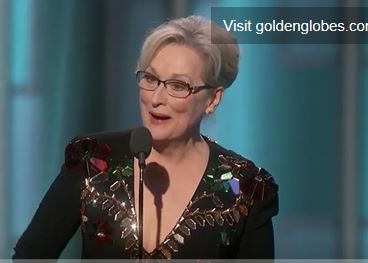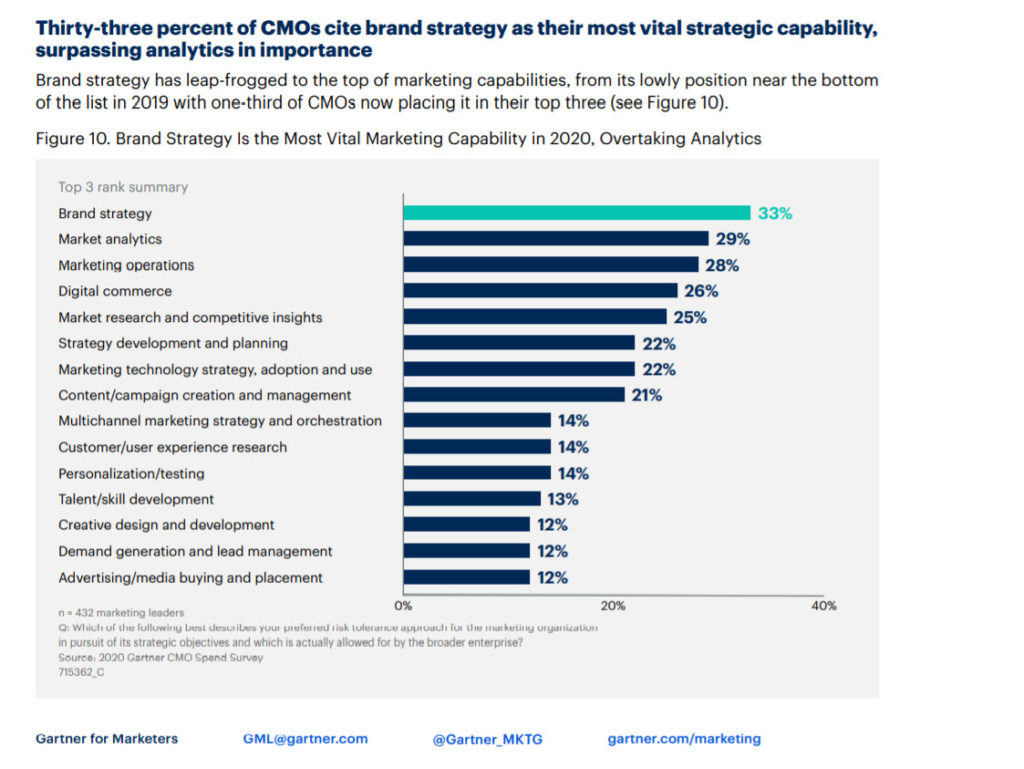Know More How.
I’m always on the lookout for arguments supporting brand strategy. A brand strategy, as I define it, being an “organizing principle for product, experience and messaging.”
Many marketing plans have firm business and sales objectives: increase stock price 4 points, slow market share by 1% per annum, reduce materials cost by 2%, increase sales 150%. These are important, hard metrics. Metrics with which no one can argue.
Accomplishing objectives is the purview of strategy. In marketing this is where things get problematic. Many marketers go to the marketing playbook. If there was a tactics store (An agency? A consultant?), they would shop there — given the money. Typical strategies one might find in a tactical plan are: customer acquisition, increased sales-per-customer, improved retention, increased efficiency in production or marketing. All are business imperatives. Sadly, they’re generic. Everybody has them in their marketing plans.
Where the road curves toward the light is with brand strategy. Brand strategy (one claim, three proof planks) provides the “how.” Patton’s strategy was “kill more bastards than your foe.” Generic. But his brand strategy equivalent included things like “outflank, tank destroyers, thrust line, etc.” Specific to the situation. And all actionable.
I’m not going to go all Sun Tzu on you but will ask “What elements of your strategy are unique to you, differentiated, and non-generic? What elements can every employee understand and personally act-upon? These are the elements of the brand strategy — the how. Know more how.
Peace.







